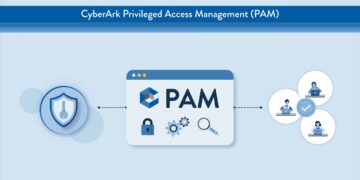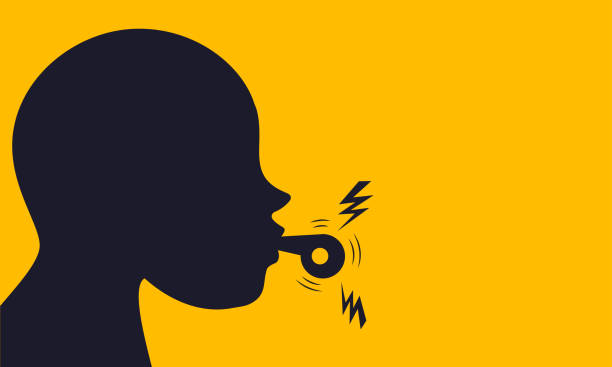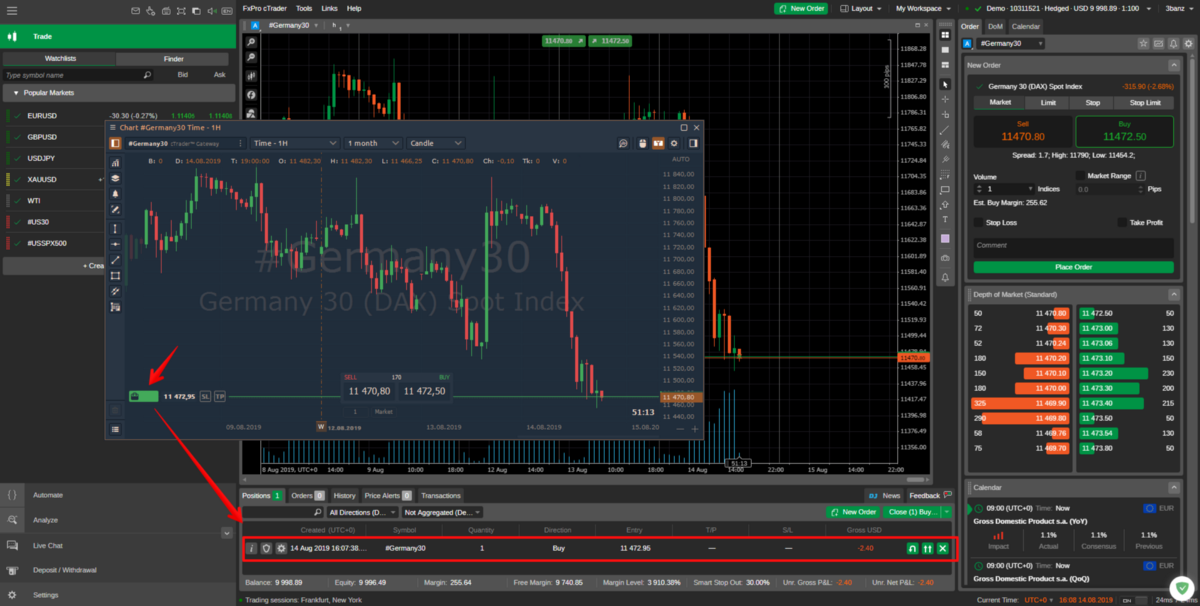Introduction
The Internet has been a game changer for brands and advertisers all over the globe. The speed at which we can share and receive information has increased exponentially. This means that people are more informed than ever before, but also that they have more choices when it comes to spending money on goods and services. In the past, marketers had to rely on word of mouth or face-to-face interactions with customers to learn about their products and how they could improve them.
In this post, we are going to explain the top roles of the internet in advertising. We hope you find this article useful!
Easier Target Audience Identification
As you may know, the internet is a tool for communication, and it’s widely used as one of the most effective media to advertise products.
In addition to that, the internet makes it easier for marketers to identify their target audience. As we all know, knowing your target audience before launching any marketing campaign is critical because it helps you understand what customers want or need in order to build a successful brand image. Therefore, if you want your business’ advertising campaign to become more effective and efficient then you should try using the internet to define your target market, and to find out more about them.
The most common method for targeted advertising is using cookies, which allow you to track the user’s browsing history and then target them with personalised advertisements when they visit certain sites. Another method is called retargeting, which uses IP address tracking to serve ads based on what websites your users have visited already. This works especially well if you’re selling products or services through affiliate networks or through your own website.
Advertisers can also use social media platforms like Facebook and Twitter as another way to target specific demographics with their advertisements. These platforms offer analytics tools that allow advertisers access to how their ads are performing so they can better understand who clicks on them and why they do so (or don’t).
Personalised Messaging
Personalised messaging is a great way to communicate with your customers. It can be done through social media, email, text messaging and other mediums. This is a powerful way for businesses to communicate with their consumers in a way that is relevant to them. You can use it as an alternative to traditional advertising techniques such as billboards and television commercials.
Personalisation has been proven to be more effective than traditional advertising methods because it allows the consumer to know exactly what they are looking at without being bombarded by irrelevant information.
Social Media Advertising
The first thing to know about social media advertising is that it’s not just for marketing. It’s also a great way to reach your target audience, especially if what you’re selling has anything to do with their interests or behaviours. For instance, if you want to get more traffic for your blog about camping, then advertising on social media sites like Instagram is a great option.
When running a campaign through social media platforms such as Facebook and Twitter, there are several ways that businesses can target specific groups of people:
- Demographics: You can target age ranges or even specific locations (if they live nearby) so that only certain types of people see your adverts on their feeds and timelines
- Interests: You can advertise based on what other things people have liked in the past—this is called behavioural targeting—or even just based on general interest categories like “travel” or “fashion”, or whichever topics are relevant.
- Behaviours: You can target people based on what they do online. For example, if they’re searching for something specific like “how to camp in winter” or “camping gear,” then their interest might be more specific than just simply camping.
Overall, social media has changed the game when it comes to advertising through the internet. The options are endless and it’s a great opportunity to get creative.
Advertising on Search Engines
It’s no secret that most people start their search for products and services online. In the US alone, Internet advertising revenue has increased drastically over the last few years and it is estimated to reach $600 billion in 2022!
In addition to traditional forms of advertising like newspaper and TV ads, many companies have also begun using websites as a low-cost alternative way to promote their products. Search engine optimisation (SEO) allows businesses to increase their visibility in search engines such as Google, Bing and Yahoo! by improving the activity on their site so that it appears higher up on relevant searches for keywords.
Advertising on search engines is a whole ball game in itself, there are so many routes to take, and so much to learn. Once you get the basics of SEO and search engine marketing (SEM), many doors will open for your organisation.
Results are Measurable
One of the best things about online advertising is that you can see how many people are visiting your website, how many people are clicking on your ads and buying your products, and how much money you made. That’s why it’s so easy to measure results. For example, if you run a campaign for an e-commerce store selling men’s clothing with an ad budget of $1,000 per day for three months (30 days), then at the end of those three months you should have enough data from Google Analytics or whatever analytics software you’re using to answer all sorts of questions:
- How many visitors came to my site?
- What kinds of pages did people spend time looking at? (It’s important because this tells me what kind of content resonates most with my target audience.)
- How many visitors converted into customers? Do those numbers represent new customers or repeat customers?
Knowing the answers to these questions can help advertisers make better, more informed decisions on future campaigns. Using tools like Google Analytics allows you to deep dive into online campaigns and figure out what works best, and what to not do again.
A/B Testing
A/B testing is a method of comparing two versions of a webpage to see which one performs better. For example, let’s say you’re running an ad that generates 30 clicks per day. You could then create a new version of the landing page with a different call-to-action button, and run tests to see which version resulted in more conversions (e.g., signups).
Again, this allows for more informed, smarter decisions and lets the advertiser get a better sense and understanding of their audience.
Conclusion
The internet has made advertising a lot more effective. It is cheaper, more targeted, measurable and personalised. It’s easy to see why this kind of marketing has become the most common type for companies that want to promote their products or services online.
It is important to note that the internet has not replaced other forms of advertising. The internet is just one channel for reaching consumers, and it should be used alongside others such as radio, television and billboards too if they are relevant to your audience.
The first step to performing well in internet advertising is ensuring you have a safe, secure and fast connection. If your current internet plan isn’t ticking every box, it may be time to reconsider your options. With Compare Broadband, you can do just exactly that – compare broadband! Explore plans from providers across the country and ensure your internet is serving you right, as it should.



































































